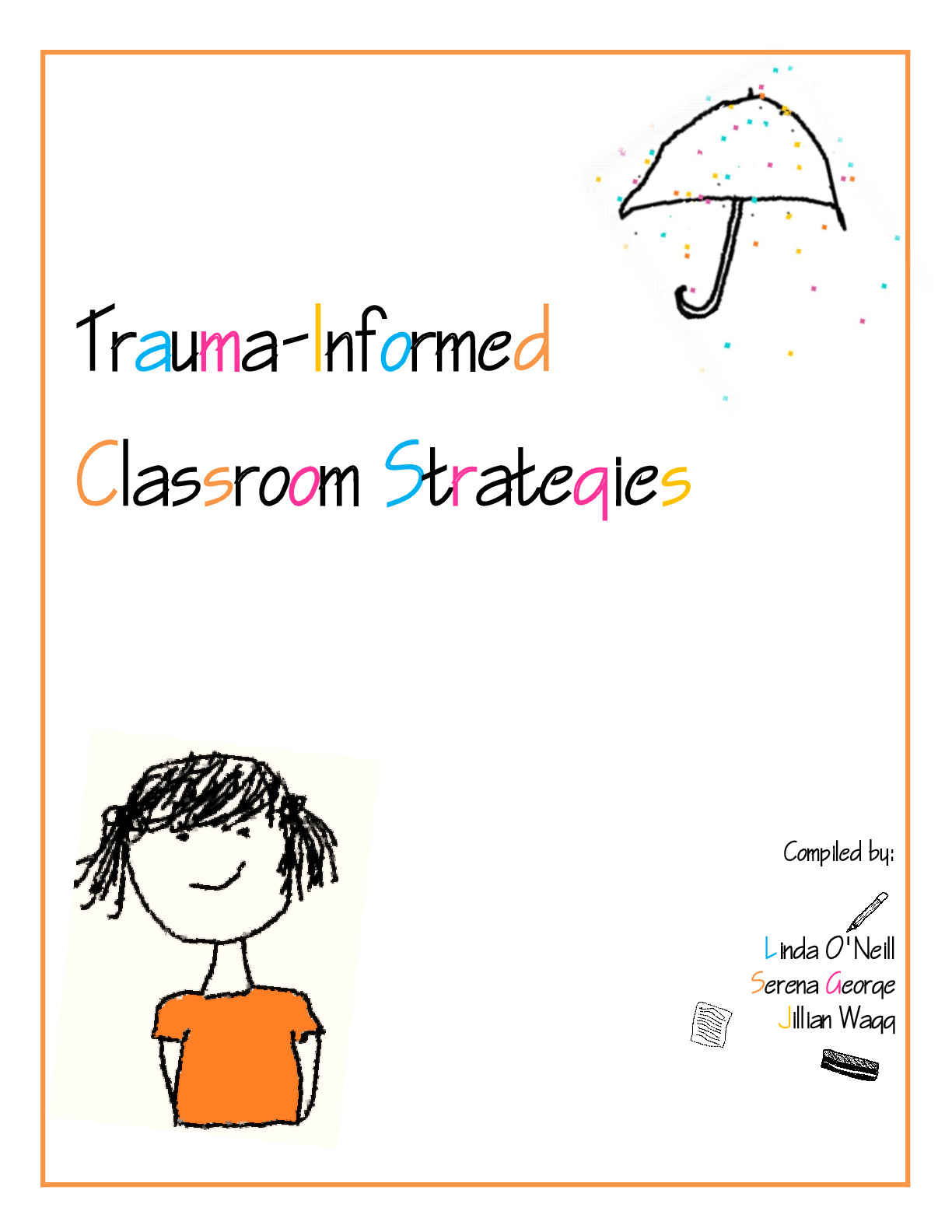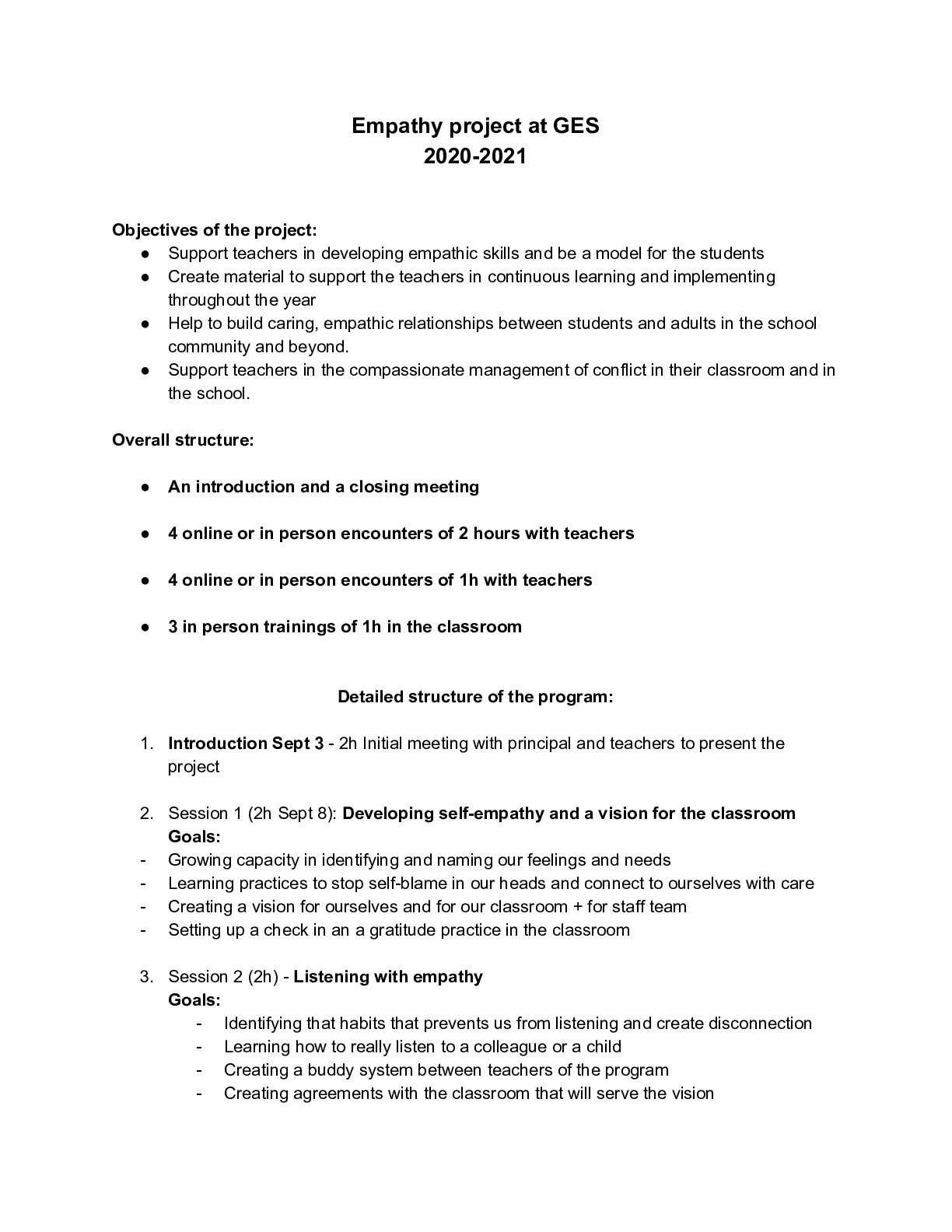![]() Gabriola Elementary School 2020
Gabriola Elementary School 2020
What are the unique, positive characteristics of our school?
Gabriola Elementary School (GES) is a rural school located on one of the Southern Gulf Islands which is separated geographically from the rest of the Nanaimo Ladysmith Public School District. Gabriola Island is often referred to as the Isle of the Arts. Gabriola Elementary offers a range of academic, athletic and artistic opportunities. Staff, students and parents work together to create and support a culture of learning. It is an isolated community which is supportive of its population.
The school has 131 students from Kindergarten to Grade 7 and also serves 9 home school students and has a staff of 20. We learn in the natural beauty that surrounds our school campus and welcome many community volunteers into the school to help support the arts, academics, and sports for the students of GES.
We at Gabriola Elementary strive to develop a safe, caring, inclusive and welcoming environment that promotes the rights and responsibilities of all who learn and work together, including community members. The vision which guides our interactions is "The Gabriola Way" and is based on the following belief: Try your Best, Get better each day, Do the right thing, It’s the Gabriola Way
What are the important demographics of our school and community?
At GES we have the following variety of students:
- 57 Core French students
- 13 English Language Learners
- 12 students of Aboriginal Ancestry
- 11 students with a Ministry designation for special education services
100% of students participate in the BC Food & Vegetable Program
GES Staff
- 1.0 Principal
- 1.0 Student Support teacher
- 1.0 Child and Youth Family Support Worker
- 0.4 Counsellor
- 4 Educational Assistants
- 8 Certified full time teachers
- 3 Certified part time teachers
- 0.2 Speech Language Pathologist
- 0.1 School Psychologist
- 1 bus driver
- 1 custodian
- 1 secretary
The population on Gabriola Island faces unique challenges as it does not have ready access to the types of community and mental health supports that schools and families in Nanaimo and Ladysmith have. Families at GES have a range of socio-economic situations and many of our students require extra support to ensure that they are successful at school.
The PHC works with volunteers to provide breakfast and lunch each day to students who need it, and also provides a heavily subsidized hot lunch program once a week . Families pay what they can for these meals, but all students requiring lunch are fed, whether the meal is paid for or not. Due to COVID shutdown last year, the hot lunch is fully funded for the 2020-2021 school year
What do we celebrate?
As Gabriola is a place of natural beauty, there is a large focus on place-based and land-based learning. All classes participate in gardening lessons at The Commons and see their hard work appear in the hot lunches delivered to the school each week. Classes spend as much time outside learning in an experiential environment as the weather allows. There is a great focus on weaving an indigenous world view into our land-based learning opportunities.
The students are exemplars for environmental stewardship in the district. They run and take ownership of the school recycling program linked to the local recycling station: GIRO. They also receive lessons in environmental stewardship focusing on our local biodiversity and how to effect change not just locally, but in the wider community and the world. (During COVID times, any lessons occur outside, and staff are responsible for taking out compost and recycling)
We celebrate diversity by promoting an inclusive learning environment which addresses the various learning and social-emotional needs of all students at GES. We recognize First Nation-Snuneymuxw Territories through the use of simple Hul qui'minum phrases at our Virtual Assemblies.
What are the strengths and stretches we see in our learners?
Based on discussions around the class reviews prepared by teachers the following was noted.
STRENGTHS:
-Students are enthusiastic, creative, artistic, and helpful.
-Students have high energy.
-Love Reading and Physical Activity.
-Are environmentally aware.
- Students participate in play-based and place-based learning.
-Younger students are getting used to routines and are developing respectful behaviours.
STRETCHES:
-Keeping control of emotions-need for self-regulation tools-Especially due to restrictions and changes from COVID protocols
-Staying focused.
-Being inclusive.
-Friendship Skills.
-Empathy
-Need for literacy and numeracy support for struggling students at all grade levels.
-Wide range of student abilities in all divisions- hard to meet all needs.
-Poverty and difficult learning conditions.
-
What evidence do we have of these strengths and stretches?
What areas will we focus on to improve or enhance success for our learners based on what we know about them?
Social-Emotional Learning
Literacy Tier 1/2/3 interventions
What are our specific goals?
- To assist dysregulated students to build their capacity to be aware of how they react to conflict. (Go over the Zones of Regulation/Superflex/Lead from the CORE so students can identify which zone they are in and their behaviours in response to conflict, use of sensory room)
- To assist dysregulated students become aware of positive conflict resolution techniques and next steps. (Zones of Regulation, connection with outside agencies, Coping Club, Ophelia Project, decrease in referrals to the office, decrease in accessing counselor or CYFSW in school hours, reduction in the number of students on soft starts)
- To assist dysregulated students build their awareness of how they react to academic challenges. (Zones of Regulation, WITS, BSP)
- To assist dysregulated students build their capacity and coping skills to react to academic challenges. (staff training in the Dandelion Approach, reduction in the time spent with counselor or CYFSW, reduction in the amount of time outs for dysregulated students during learning times, reduction in the number of students on soft starts)
- To provide Literacy Tier 2/3 interventions to students who are 2 or more levels below grade level. (Identify students below grade level using NLPS data and provide 6 week small group intervention for identified students with the SST using the Press-then reassess)
- Integrate SEL into day to day reading program.
What will teachers learn more about to support our goals?
Compassionate Communication workshops with Myriam Verzat
Literacy, Social-Emotional Learning & the Core Competencies-POPEY (Oct. 9, 2020)
What actions/strategies will we take/use (teachers, parents, students, and other stakeholders) to support our goals?
Teachers are using the Zones of Regulation in the classes. The counsellor has also completed class lessons on Superflex and Leading from the CORE. All classes are using the WITS program to help students learn how to work through conflict. As well, other self-regulating tools like tents, quiet corner, and turnarounds, etc. are used. The K-3 classrooms are still using Skillstreaming Social-Emotional program to build in common language and coping techniques. The CYFSW is offering the Coping Club for anxiety which is a Tier 2 counselling program. All teaching staff participated in SEL in day to day reading with POPEY on October 22nd. Students in need of Tier 2 support for literacy were identified using the NLPS screener and are receiving targeted intervention with our SST using the Press. All teachers and EA's took part in a Compassionate Communication workshop and are applying the skills learned in the classroom and around the school.
Our PLC this year focuses on Social-Emotional Learning and so teachers are implementing lessons and strategies for self-regulation school-wide. The staff understands that in order for students to learn, their social-emotional needs need to be met first. Due to changes in the bell schedule, PLC did not happen this year. However, the staff did participate in numerous professional development sessions focused on Compassionate Communication on their own time after school, as well as 2 sessions included in school-based Pro-D Days (Feb. 11 & May 7)
Teachers did a deep dive into Trauma-Informed Practice and have all implemented some strategies as outlined by Linda O'Neill.
What evidence of learning will we collect to check the progress on our goals?
The number of students self-referring to counsellor and/or CYFSW decreases.
The number of social-emotional office referrals decrease.
Students need fewer breaks, turn arounds, or sensory room breaks.
Students spend more time in class and less time out of class.
How will we share our plan with staff?
Staff meetings
PLC
Staff Committee meetings
Individual/Small Group meetings
How will we share our goals with students?
Staff to share goals in each classroom.
Teachers identify strategies and tools to address self-regulation and social-emotional needs.
CYFSW, Counsellor to work on coping/self-regulation strategies with students.
How will we share our goals and progress with parents?



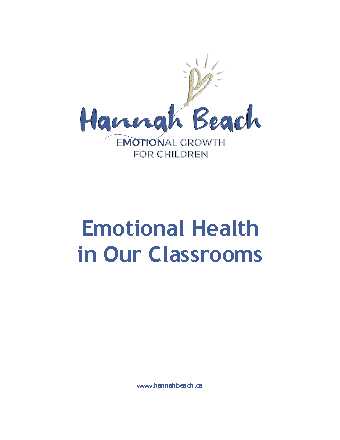
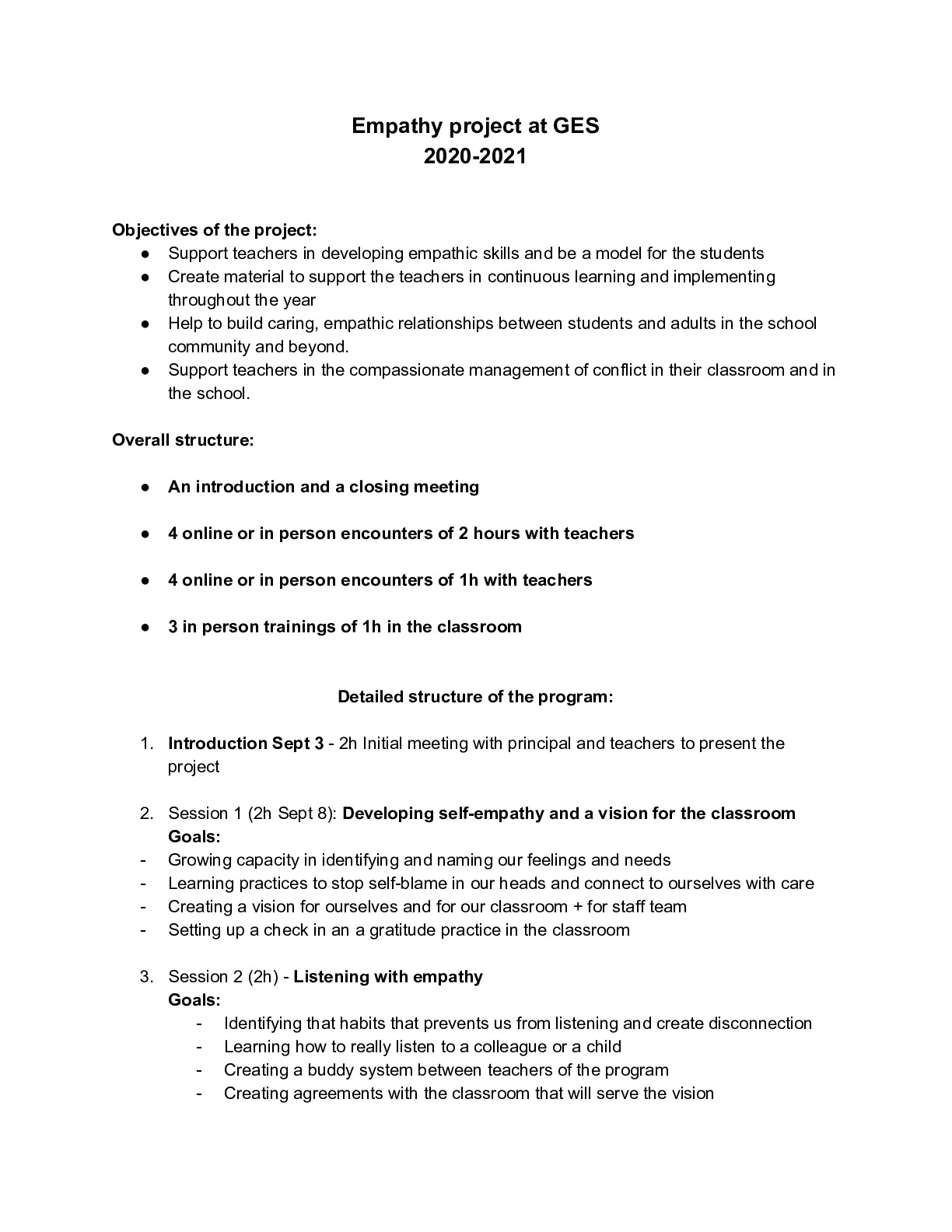
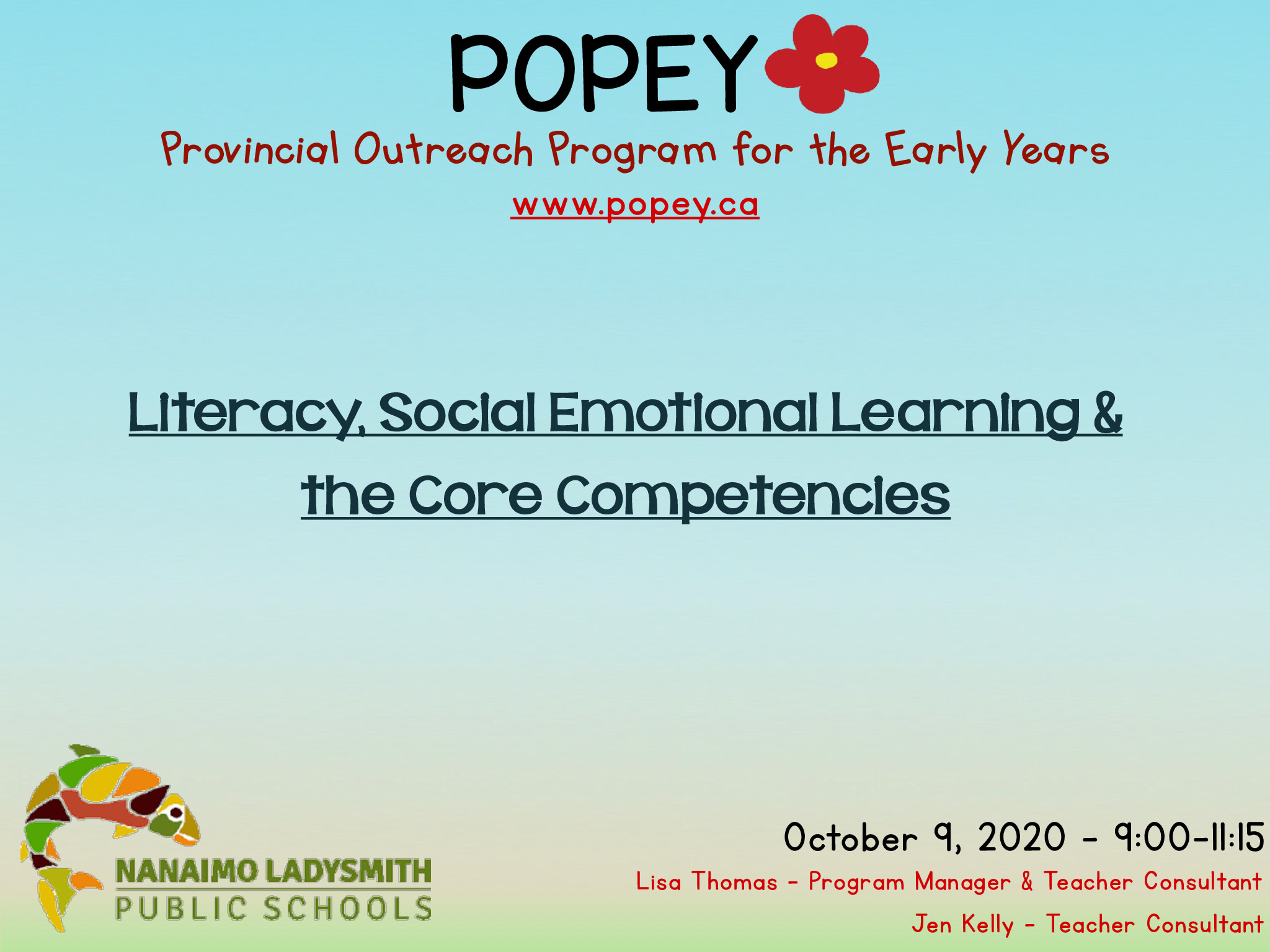

.jpg)
